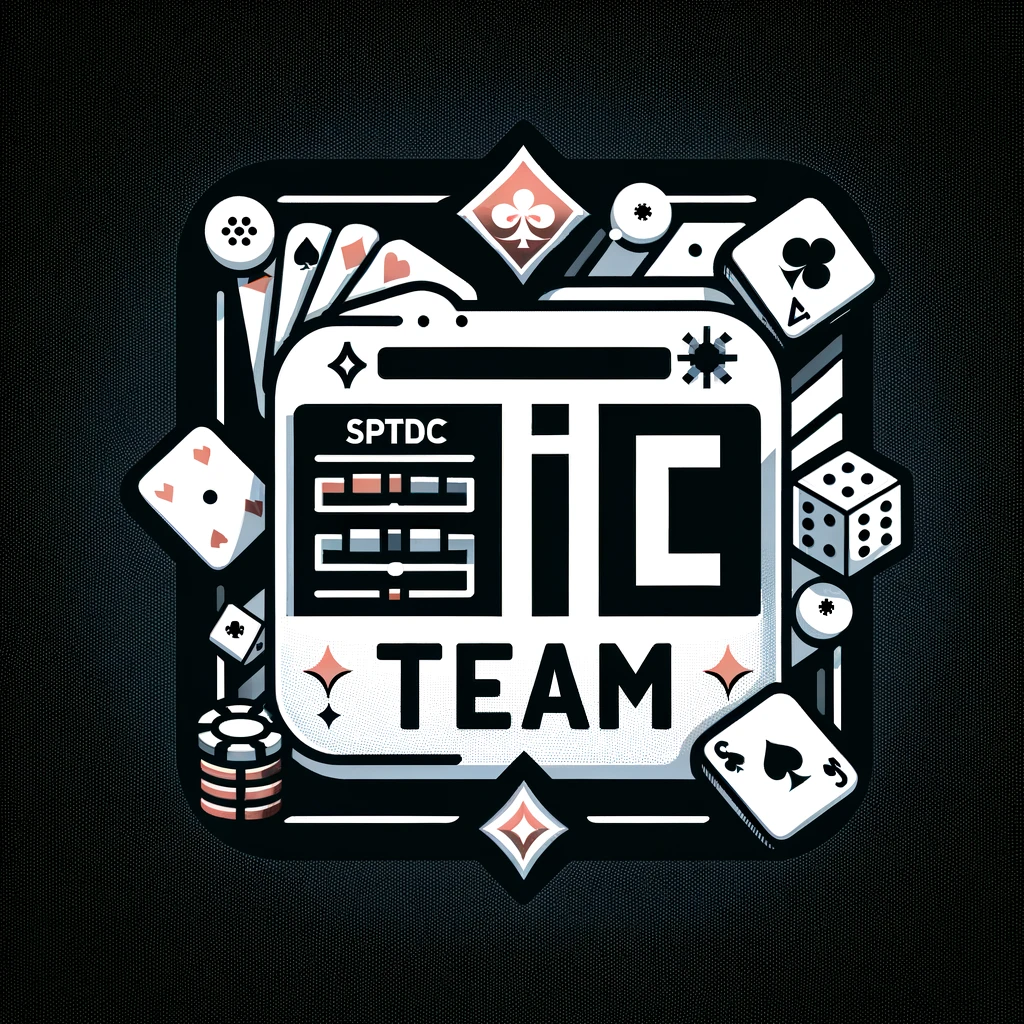The Secrets of Online Casino Algorithms
Online casinos have transformed gambling, bringing the excitement of Las Vegas to your fingertips.
Experience the future of gaming with secure, innovative online casino solutions. Advanced algorithms and data analysis of the entire industry.

AI, Data Analysis and casino industry experts collaborating together to create effective solutions for major online casinos.
Completed projects
Happy clients
New advanced solutions
Experts

Online casinos have transformed gambling, bringing the excitement of Las Vegas to your fingertips.

Gambling analysis is an intricate practice that involves studying patterns, understanding odds, and utilizing statistical…

The world of gambling and casinos is as complex as it is enticing. With the proliferation of both physical…


At Sptdc.ru, we specialize in developing cutting-edge digital solutions for the online casino industry, focusing on IT algorithms and data analysis. Our partnership with Vavada Online Casino is crucial, providing us with essential data that enhances our research and publications. This collaboration allows us to advance in the field of casino game development and data-driven insights.